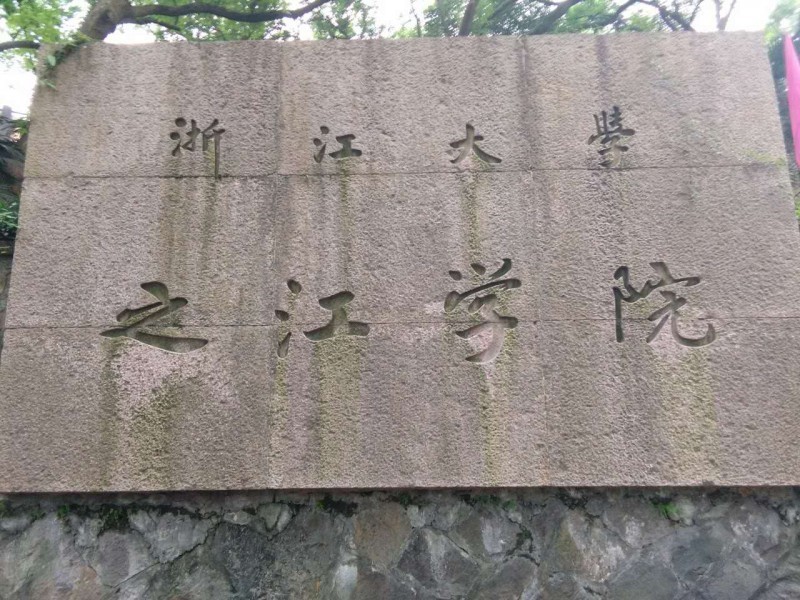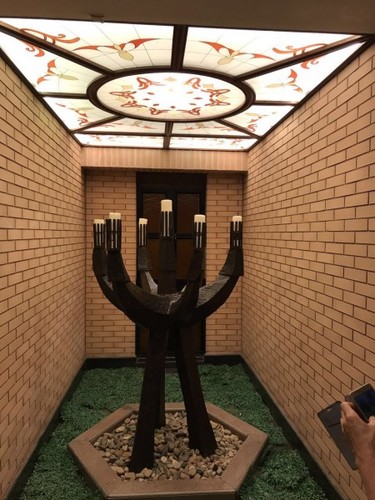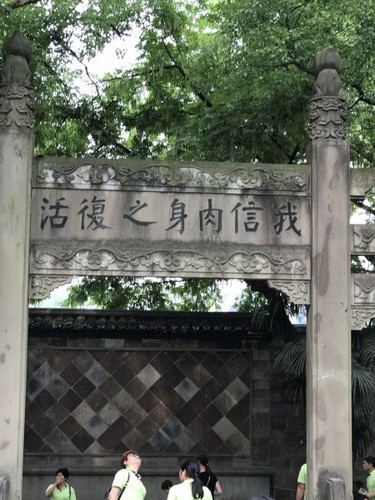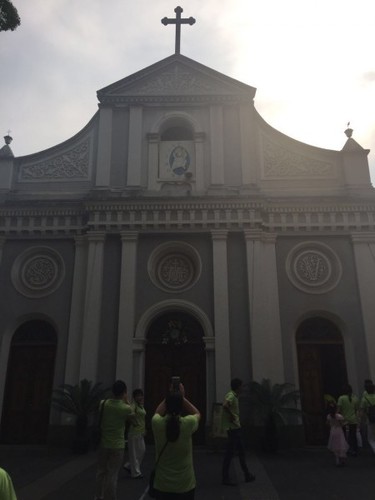Some of China’s most famous universities and hospitals were founded by Christian missionaries. Take a quick tour around some of the historic Christian sites in the southern city of Hangzhou with this article from Gospel Times. Once thriving with Christian presence, Hangzhou is a city where its past continues to come alive today.
A Tour of Christianity’s Origins in Hangzhou

The Hangzhou Christian College (Image credit: CCD contributor: Yi Jun)
A group from Xiasha Panshi Church of Hangzhou took a tour of the local birthplaces of Christianity on May 20.
Hangzhou Christian College Historic Site
The first stop on the tour of Christianity in Hangzhou is the Hangzhou Christian College Historic Site.
This college was formerly called Hangchow Presbyterian College, and it is located in Dataer Valley. It was founded by the American Presbyterian missionary John Leighton Stuart in 1897. This was one of thirteen Christian colleges founded in China. Both the northern and southern American Presbyterian Missions had a hand in its founding in what is present day Hangzhou. Sun Yat-sen once gave a speech here in 1912 and took photos with both the teachers and the students. In 1948, the Educational Department of the Kuomintang Government approved it as a full university, but it was dissolved due to departmental adjustments of colleges and universities in 1952. The site currently serves as a college for undergraduate majors.
Gulou Church

Inside the Gulou Church, (Image credit CCD)
The second stop of the tour is Gulou Church.
According to an elder of the church, Gulou Church was first built in 1885 near Sishuifang, Huansha Road. It was converted into a Chinese palace-style church in 1931 with donations raised by the Northern American Presbyterian Mission and with a missionary by the name of Kepler Van Evera in charge of the construction. There are several social service organizations associated with the church such as the "Benefit People Club" and the "Public Welfare Club."
One of the few churches kept between 1955 and 1958, Gulou Church was among the first to be reopened for services after the Cultural Revolution. It was also the first Christian church that resumed services in Hangzhou.
The church was rebuilt on its current site in May 1998 due to urban development. The new church has five stories with 3,478 square meters of space. It is equipped with 1,200 standard seats, and there are between 2-3,000 people in church on a Sunday.
The church has four Sunday services each week, including one for international worship. There are also youth group meetings, Bible studies, and prayer meetings during the week. They celebrate communion on the first Sunday of each month and hold baptisms twice a year. They also host weddings and funerals.
Dafangjing Missionary Cemetery

"I believe in the resurrection of the body." (Image credit: CCD)
The third stop is the Dafangjing Missionary Cemetery.
The cemetery has a Chinese-style stone tablet. Inscribed on the front are the words, "Catholic Holy Missionary Tomb" with "I believe in the resurrection of the body" on the back. At the top of the simple dome-shaped grave lies a rectangular stone tablet engraved with "Catholic Holy Cemetery" and a high cross at the top.
On the way to the cemetery the tour group learned from the pastor and some writings that there are 15 European Catholic Missionaries buried there, dating from the Ming and Qing Dynasties. The most famous of them was Martino Martini.
Stone Mountain
The fourth stop of the tour is Stone Mountain.
There was a leprosy hospital at the foot of Stone Mountain by the Liuhe Tower built in 1899 by British medical missionary David Duncan Main. This was one of the places that God could take in and heal lepers and tuberculosis patients.
Tianshui Church, and the Hangzhou Cathedral

Hangzhou Catherdral (Image credit: CCD)
The fifth stop is the former home of John Leighton Stuart, Tianshui Church, and the Cathedral.
John Leighton Stuart, an American missionary, was very well known by the Chinese. Born and raised in Hangzhou, he considered it a second hometown and was an "old friend" that Chinese were very familiar with. This allowed him to have a great influence on modern Chinese history. He started many schools here and made great contributions to education and the spread of the gospel in China.
One of the places that John Leighton Stuart lived and worked was Tianshui Church. It was first established in 1867, making it the oldest Christian church in Hangzhou. It is a Chinese church in a southern style built by the Southern American Presbyterian Mission.
Hangzhou Cathedral is only 200 meters from Tianshui Church. It was built by Italian missionary Martino Martini in 1659 on the same exact spot as it stands today.
One pastor said that Christianity today has lost much of its traditional benevolence and is less about charity or the great love of Christ. It is important for churches to express the love of Christ in actions despite different factions.
(The writer of the article is a Christian in Hangzhou, China.)
Original article: 记杭州基督教发源地一日游 (Gospel Times)
English Translation: A Tour of Christianity’s Origins in Hangzhou (China Christian Daily)
Edited and adapted with permission.
